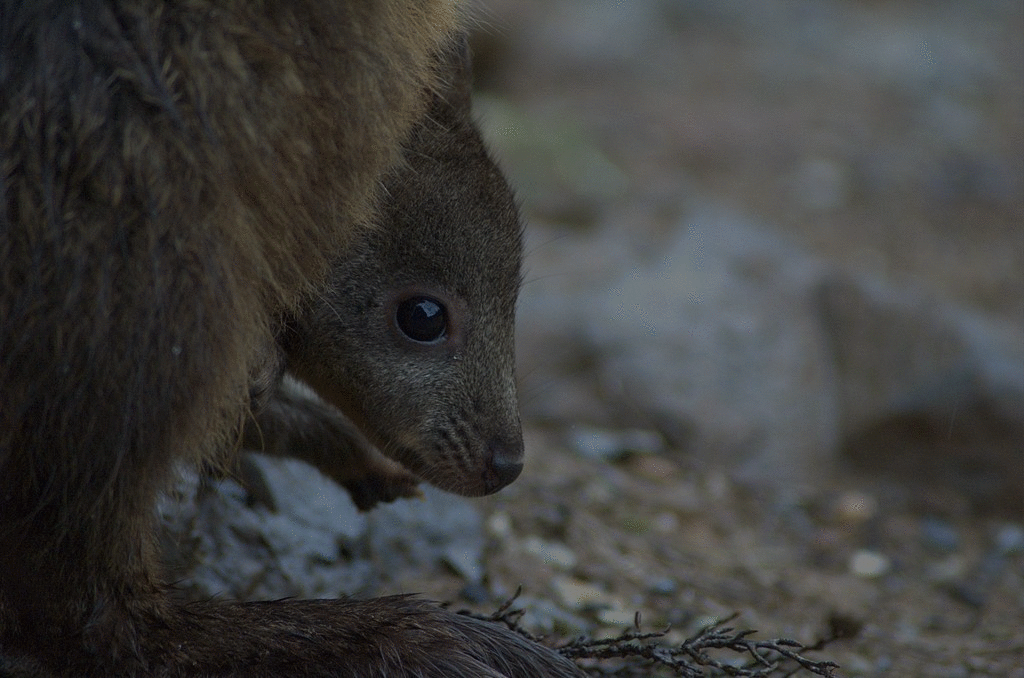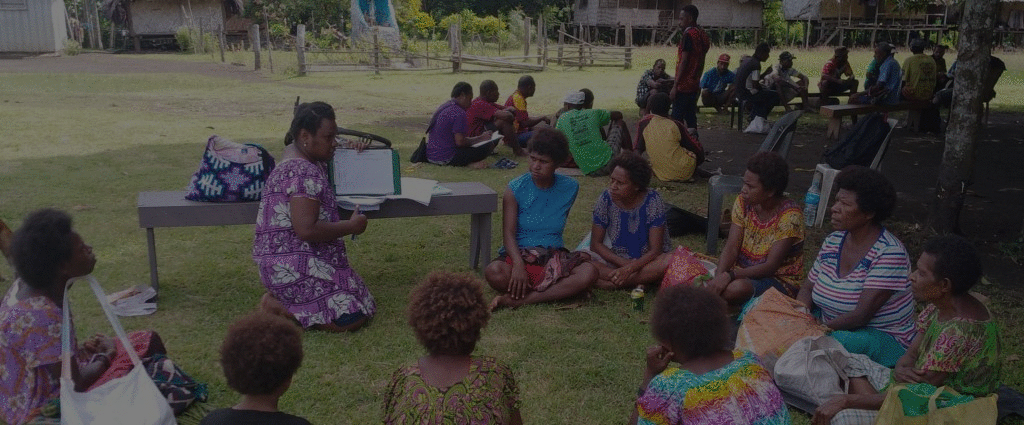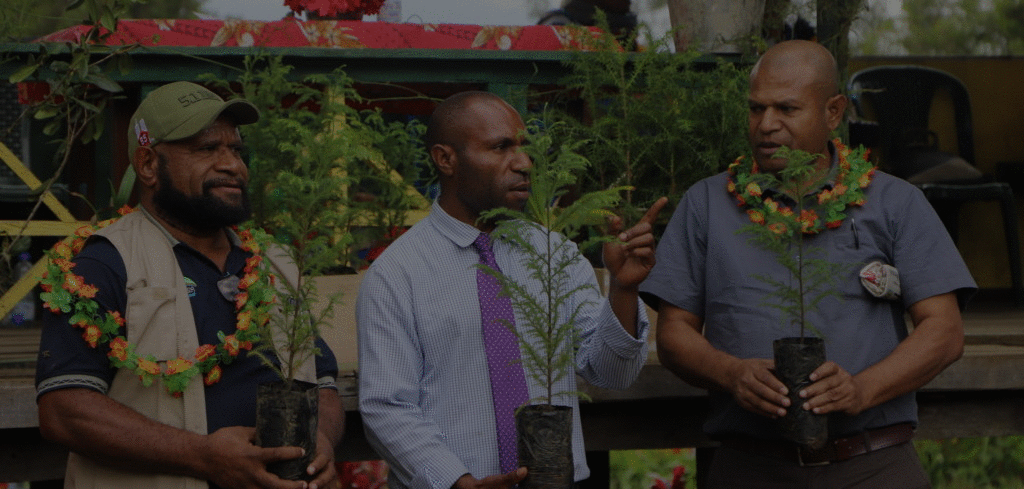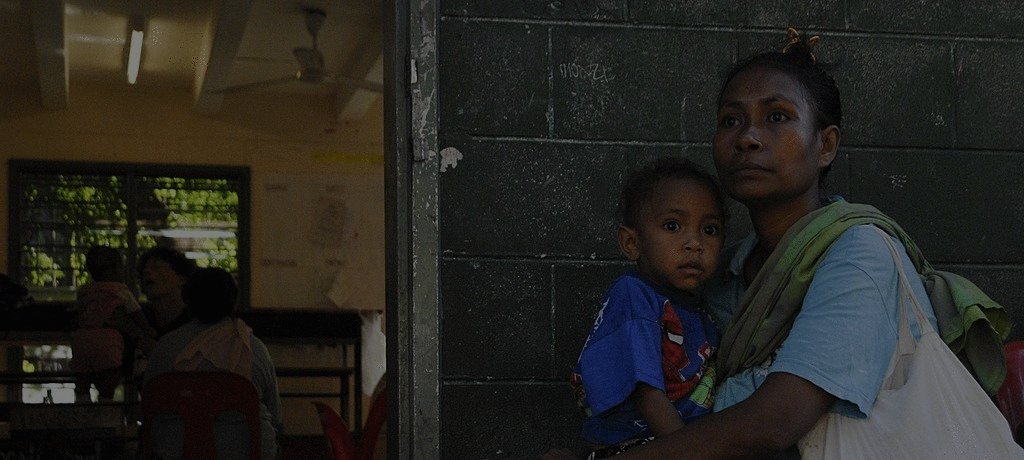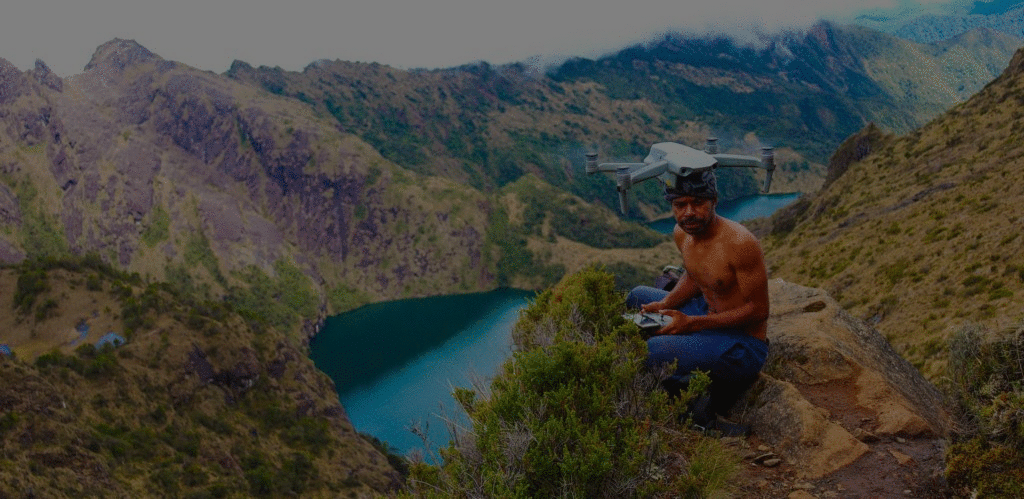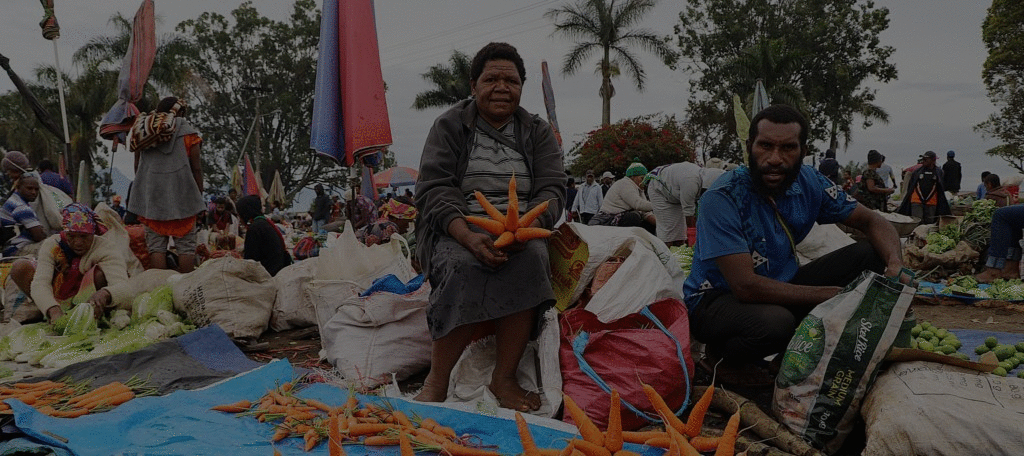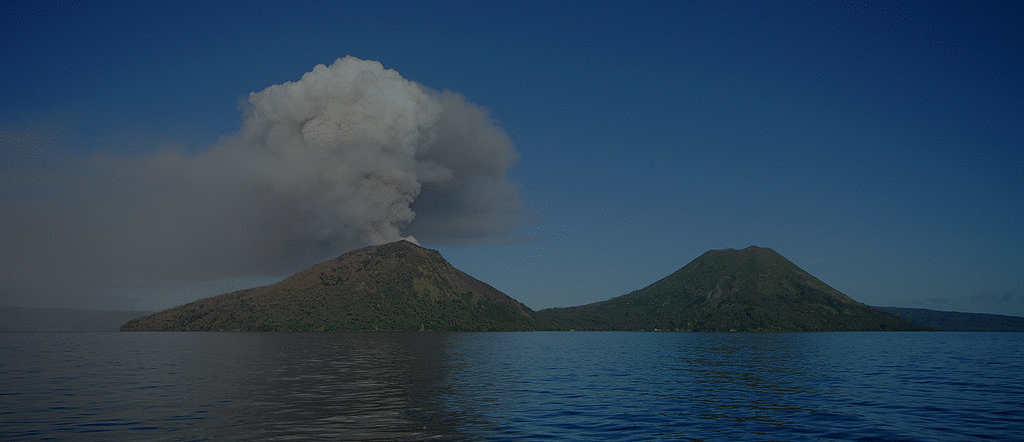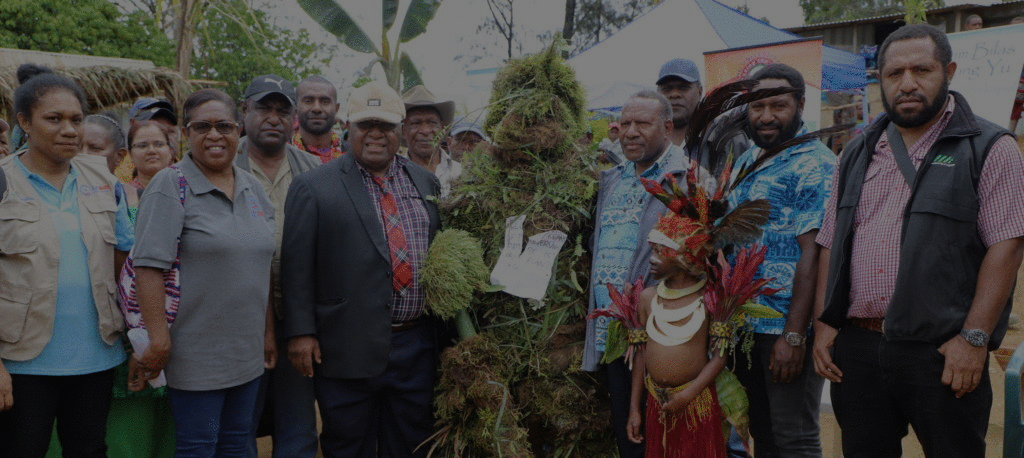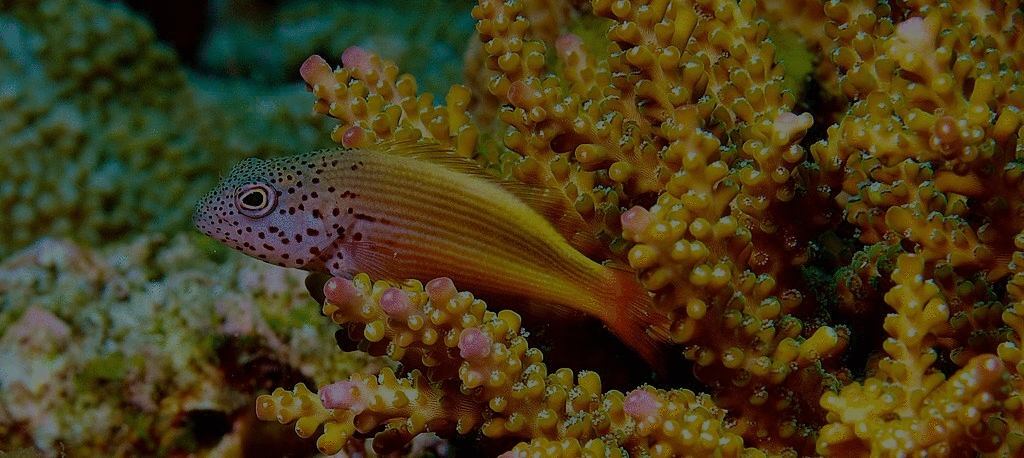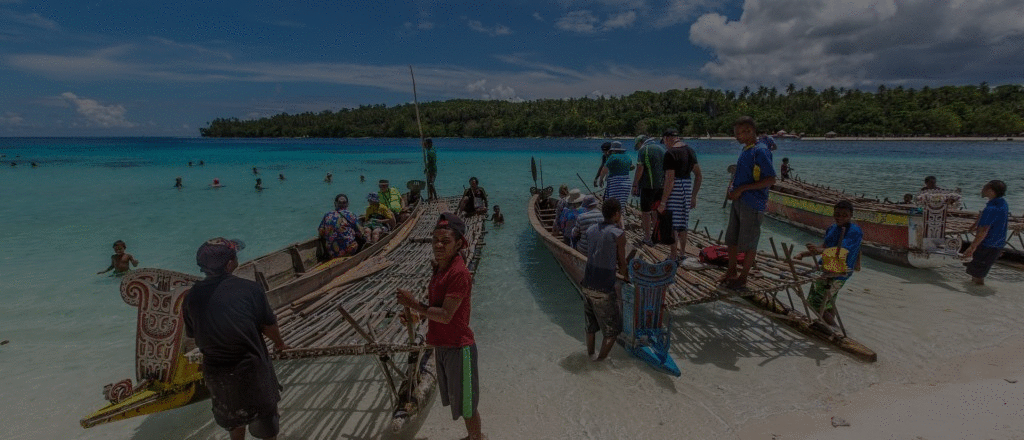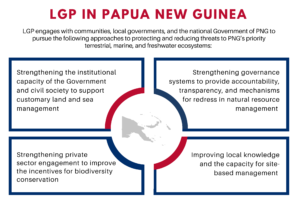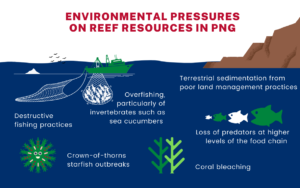What We Do
What We Do
Since achieving independence in 1975, PNG has struggled to translate its natural resource wealth into sustainable social and economic development for its citizens. Despite being one of only 17 megadiverse countries, PNG’s rich biodiversity is also among the most threatened. PNG is the largest Pacific Island country, and it holds the world’s second-largest exclusive economic zone of 3.12 million km2. PNG’s principal marine and coastal ecosystems include 13,840 km2 of coral reefs, 4,200 km2 of mangrove swamp forests, and extensive seagrass beds.
Dangers to the Biodiversity and People of PNG
PNG’s forest and coastal biodiversity are under considerable threat. Nearly 3 million hectares of rainforest in PNG (about 15 percent of all PNG rainforests) are degraded, and the national rate of forest conversion is 0.49 percent per year. PNG’s aggressive infrastructure and road systems development goals, when achieved, will make even more rainforests vulnerable to commercial exploitation.
Without a clear plan to balance forest conversion with biodiversity conservation, the livelihoods and well-being of the majority of the population living in rural and remote areas are also at risk. As the resource base erodes, pressure on the Government to care for these populations will increase, with the potential for the degradation of social cohesion and a rise in conflict. Many of PNG’s coastal areas are remote and isolated, resulting in restricted human activity. In the more accessible areas, several environmental pressures affect the country’s reef resources.
While many coastal communities widely practice a customary system of tenure applicable to fringing reefs and inshore fishing resources, the practice of temporarily closing reefs is declining. Global climate change will likely further affect PNG’s reefs and coastal areas. Management of environmental stresses from human activity must be addressed if reef areas and communities are to remain resilient and stable.
Conservation Efforts
PNG’s coral reefs lie primarily on the country’s northern and eastern coasts. LGP works in Madang Province’s coastal and marine areas, which fall under two globally significant programs: the Bismarck Solomon Seas Ecoregion covering the Western Pacific and the Coral Triangle Initiative that aims to address threats to marine, coastal, and small island ecosystems within the region.
Few marine protected areas exist in PNG, and the pressure on inshore fisheries is increasing, especially coral reef fisheries in more populated areas. Fish is a major source of dietary protein, particularly in the island and coastal areas, evident in the relatively high annual per capita fish consumption of coastal community residents estimated at 53.3 kilograms. As a result, awareness of and support for marine resource conservation and management are mainly limited to areas where NGOs are active, such as Kavieng, Kimbe Bay, and Madang and Manus provinces.

